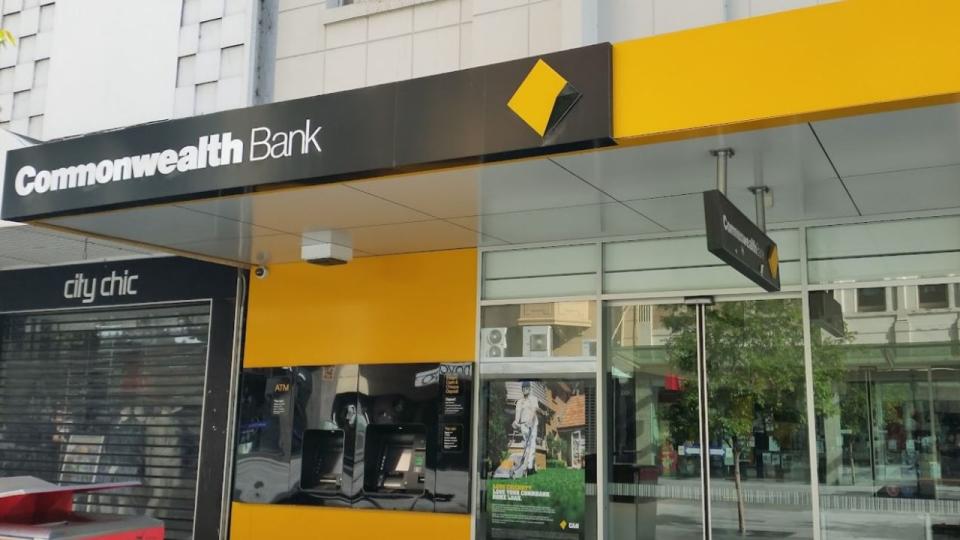Cruel truth behind vanishing bank branches

The rapid transition towards a digital banking society is picking up speed, with a string of branch closures in major cities marking an important shift in the priorities of Australia’s biggest banks.
Commonwealth Bank announced last week that it would close three more branches before March 1, including Rundle Mall in Adelaide, Coolangatta on the Gold Coast and Coogee in Sydney’s east.
The week prior, NAB announced it would close 13 branches this year, and Bankwest, which is owned by CBA, will close two more branches.
These closures will add to more than 2100 branches that have been shuttered across all major banking institutions over the past six years.
Millions of Australians rely on these branches to look after their finances, and for some groups, including the elderly and people living with a disability, they are the only means of banking.

Finance Sector Union national secretary Julia Angrisano said the closures signalled a “desertion” of an important service and had a “devastating impact” on communities, particularly those living in regional and remote areas.
“The banks have been using branch closures to prop up their massive profits for years and it’s time they were forced to maintain customer service to local communities in regional and metropolitan areas,” she said.
However, the impact on people living in cities should not be diminished, with thousands of people forced to use a shrinking number of branch locations.

“There are 800,000 people passing through Rundle Mall every week and many will be CBA customers; however, the bank has decided to shut the branch with the loss of 13 jobs,” Ms Angrisano said.
“This is the busiest shopping precinct in Adelaide, but CBA customers and businesses are being told to find a branch elsewhere in the city if they need to visit a bank branch.
“Coogee is in the middle of Sydney’s heavily populated eastern suburbs, with many older customers, but that branch is going as well.”
Three of the four big banks – and another 80 other financial institutions – have redirected customers towards one of the 3500 Australia Post outlets where they can use the Bank@Post service to deposit and withdraw cash and make balance inquiries.
“The banks claim that customers can move to doing banking at the post office, but there is only a limited service available at post offices, so that is not a realistic option and not all banks have a contract with Australia Post,” Ms Angrisano said.
The services a branch offers its local community are far beyond just cash transactions, with identity checks, loan applications, and a range of other important face-to-face service interactions that are vital to effectively servicing customers.
“All these interactions have one thing in common,” Ms Angrisano said. “They must be performed by a suitably qualified bank worker. They can’t be done in a post office.”
The number of branches in major cities and metropolitan areas has reduced by 39 per cent in the last six years, Adam Trevorrow from the Australian Prudential Regulation Authority told a federal senate inquiry in December 2023.


